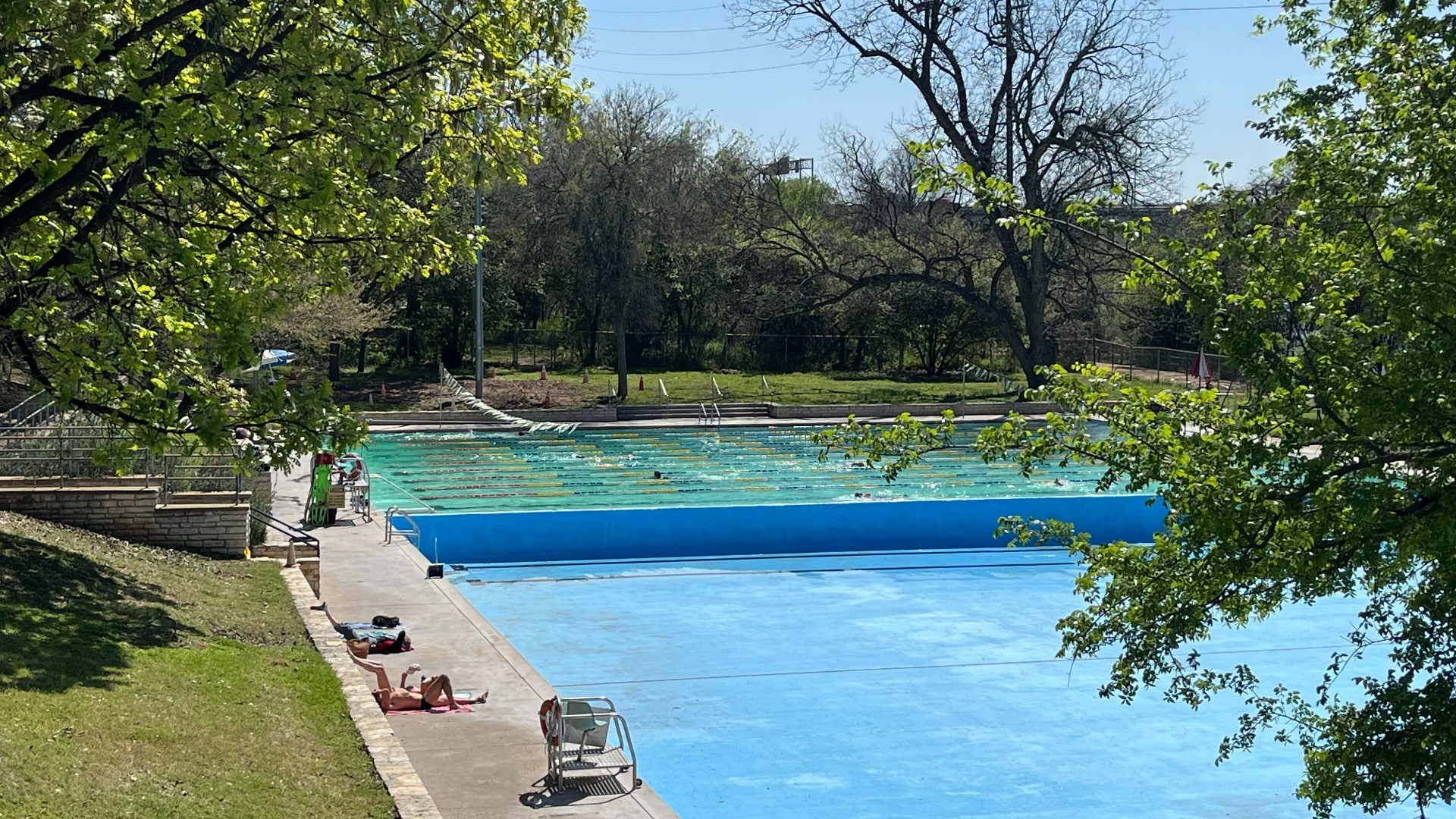AUSTIN, Texas — After decades of decline, drowning deaths are on the rise in the U.S., according to a new study from the Centers for Disease Control and Prevention (CDC).
The CDC said its experts looked at drowning deaths, self-reported swimming skills, participation in swimming lessons and exposure to recreational water to compile the report.
The public health agency found that more than 4,500 people drowned each year in the U.S. from 2020 to 2022 – an increase of about 500 drowning deaths each year compared to 2019. The data also shows that groups already at higher risk saw the greatest increases in drowning deaths, including young children and older adults of all races and ethnicities.
According to the CDC, drowning is the No. 1 cause of death for U.S. children ages 1 to 4 years old and drowning rates were the highest among that age group from 2020 to 2022. According to the Texas Department of Family and Protective Services (DFPS), 17 kids have drowned in Texas so far this year. Last year, 90 children drowned in Texas, including one child in Bastrop County, one child in Hays County, three children in Travis County and one child in Williamson County.
RELATED: Drownings remain high among children. Here are some tips to remain extra vigilant this summer
Another thing the CDC's study found is that drowning deaths differ by race and ethnicity. The CDC found American Indian or Alaska Native people had higher drowning rates than any other race and ethnic group. Black people had the second highest drowning rates.
There are also racial disparities when it comes to self-reported swimming abilities. Broadly, the CDC found that almost 40 million adults in the U.S. (15.4%) don't know how to swim and over half (54.7%) have never taken a swimming lesson. Compared to the 15% of all adults, more than one in three (36.8%) Black adults reported they don't know how to swim, and two in three Black adults (63%) and three in four Hispanic adults (72%) reported they had never taken a swimming lesson.
The CDC said research suggests the difference in self-reported swimming ability could be linked to differences in access to swimming lessons, as well as "other historical and social factors."
What are the solutions?
The CDC said there are some steps that policy makers and public health professionals can take to build inclusive programs that meet their communities' needs. Some proven recommendations include:
- Building and revitalizing public pools to increase access to swimming for all people, including those with disabilities
- Promoting affordable swimming and water safety lessons
- Learning what barriers people face to participate in swimming lessons, then building partnerships to connect with those at the highest risk of drowning
- Hiring diverse aquatic staff that look like the communities they serve and adapting programs to meet specific community needs
- Implementing the U.S. National Water Safety Action Plan
The CDC also said that everyone can prevent drowning by:
- Learning basic swimming and water safety skills
- Building fences that fully enclose and separate the pool from the house. According to the CDC, fences should be at least 4 feet high with self-closing and self-latching gates
- Wearing a life jacket while boating
- Not drinking alcohol before or during swimming, boating or other water activities
- Learning CPR skills
To learn more, check out the CDC's full report on drowning statistics.

